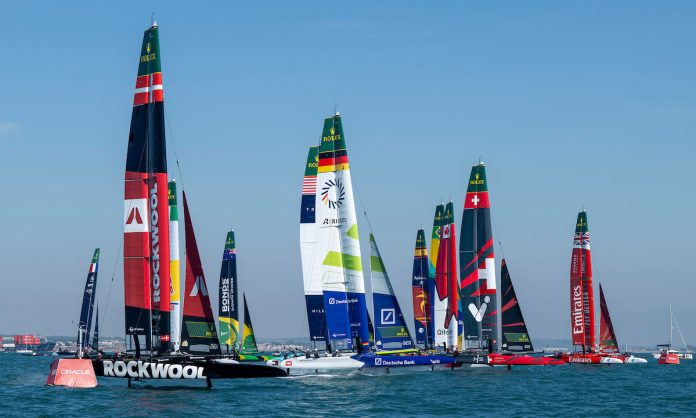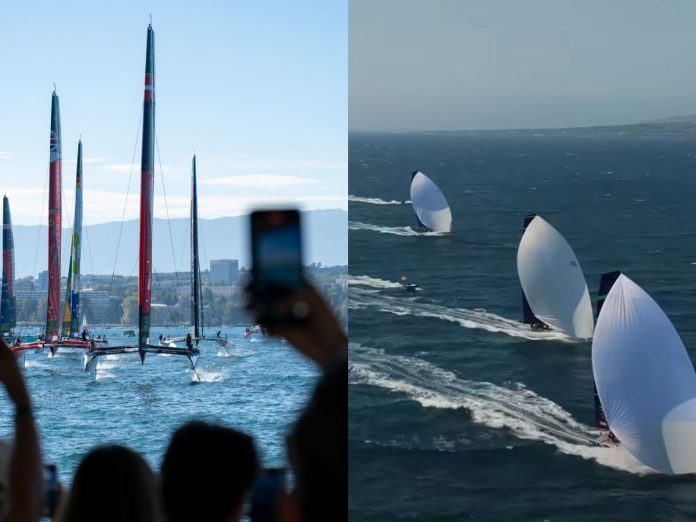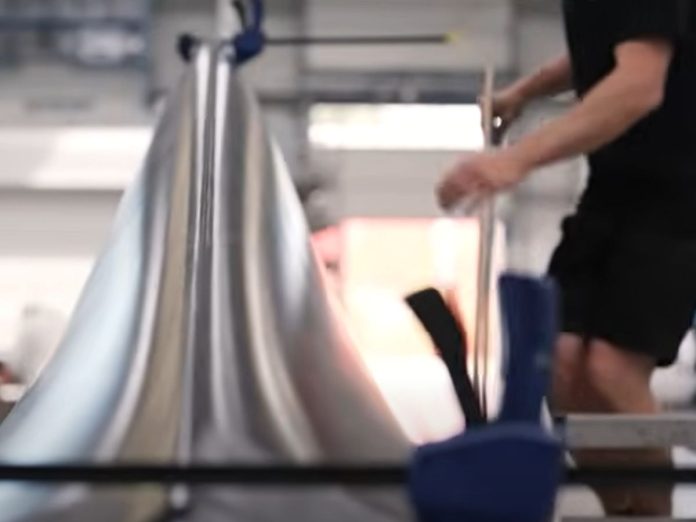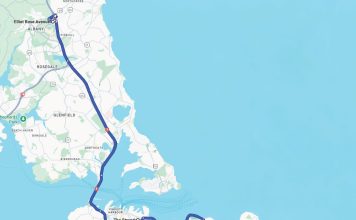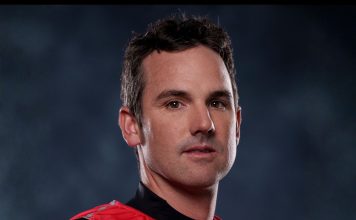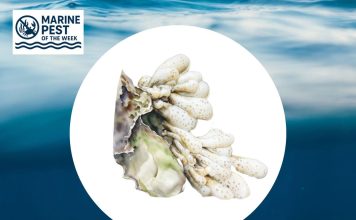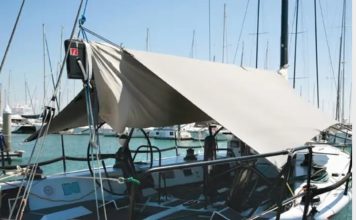A new era for team movement
SailGP has taken another step toward becoming a truly professional global league. From the start of the 2026 season, every team will operate under the new SailGP athlete transfer framework, a structure built to manage one of the fastest-developing pressure points in top-level sailing: the hunt for elite talent.
The league’s growth has pushed teams to look further and wider for sailors who can make the difference on an F50. That competition has intensified over the past two seasons. With contracts ballooning in value and several teams rebuilding for 2026, SailGP has reached the point where an informal approach no longer keeps pace with reality. This new framework creates order where there was only negotiation and good faith.
Why SailGP needed a new system
The driver is simple. The value of the top sailors in the fleet has surged. The modern F50 environment demands specialists: flight controllers with thousands of hours, helms proven under pressure, grinders capable of brutal consistency, and athletes who understand sailing’s new speed-first playbook.
Teams have begun treating their rosters the way America’s Cup syndicates treat design packages. Everyone wants an edge, and the right athlete can provide it.
League management makes no secret of the shift.
“We’re excited to put the new system in play,” said SailGP Managing Director Andrew Thompson. “It mirrors the professionalism of other world-class leagues while keeping the simplicity required for a growing Championship.”
Thompson’s comments hint at a future where transfer fees and buyouts could hit multimillion-dollar levels. For a league still young, that is a seismic statement.
How the athlete transfer framework works
The structure is built around five core elements.
Registration
Only registered athletes can race. Registration stays open throughout the season, giving teams the flexibility they need across an 11-event global calendar.
Transfers
Permanent moves now require formal sign-off by:
- The outgoing team
- The incoming team
- The athlete
- SailGP
These deals include disclosed fees, adding rare transparency to a sport that normally keeps contract values behind closed doors.
Loans
Teams may carry a maximum of two loan athletes at any time.
Loans allow rising talent to gain experience on another boat without severing ties at home.
Emergency replacements
Event-window replacements can happen only for medical or compassionate circumstances, and only when no alternative is available. This avoids tactical “injury” substitutions that might distort competition.
Approval and tracking
SailGP oversees every move to maintain parity across the fleet. The framework provides teams with clarity heading into multi-season planning.
More flexibility than mainstream sports
Unlike the rigid windows seen in football or American leagues, the SailGP athlete transfer framework keeps movement fluid. The priority is fairness rather than complex bureaucracy. It reflects the collaborative nature of international high-performance sailing, where pathways are built through coaching relationships, Olympic campaigns and long-standing inter-team connections.
This lighter approach also supports an area where SailGP still sees itself as responsible: helping produce the next generation of elite foiling sailors. With clearer rules, teams are more likely to invest in youth development rather than risk losing talent without structure.
The first big moves of the 2026 season
The first wave of activity has already begun. The headline transfer is familiar to Kiwi readers.
Former New Zealand SailGP driver Nathan Outteridge has signed with the new Artemis SailGP Team, bringing the league’s most tactical mind back into the fleet. Outteridge is joined by grinder Julius Hallström, who has moved across from ROCKWOOL Denmark.
These early transfers confirm what many expected: once a formal framework was introduced, team reshuffles would accelerate. More announcements are expected in the coming weeks, and if early noise is any indication, the 2026 roster landscape may look dramatically different.
A turning point for professional sailing
SailGP has always seen itself as the future of stadium sailing. Now it is stepping into the world of professional sports business, where talent, contracts and long-term development must operate with clear rules.
The SailGP athlete transfer framework will not only shape rosters. It will shape the league’s identity. As athletes gain value and teams plan seasons like Formula 1 campaigns, SailGP edges closer to becoming the fully professional foiling league it has always aimed to be.
If the first transfers are anything to go by, the 2026 season could be one of the most dynamic in the league’s short history.








